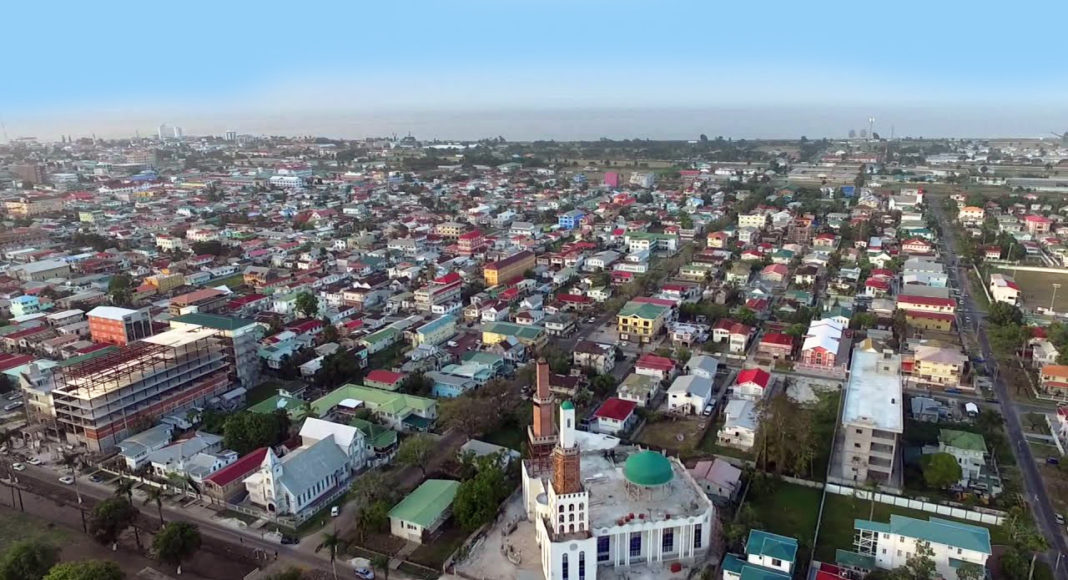The start of oil production in Guyana will see more people migrating to the South American country in coming years contributing to a significant increase in the demand for electricity, housing, and other supporting infrastructure.
In its recently released paper – Traversing a Slippery Slope: Guyana’s Oil Opportunity – the Inter-American Development Bank (IDB) outlined how Guyana can mitigate the risks and maximize the opportunities of sustainably developing its vast and growing hydrocarbon resources.
Given the nascency of hydrocarbon exploration and production activities in Guyana, the IDB said the country is an ideal case to assess the relationship between institutions and the avoidance of the pitfalls that have plagued other resource-rich, yet underdeveloped countries.
“Guyana’s less-than-ideal outcomes in other extractive sectors signals the urgency to develop state-of the-art management and regulatory frameworks for the oil and gas sector,” the Bank warned.
The IDB said among the significant challenges that lie ahead are the need to develop Guyanese technical capabilities, avoiding overreliance on volatile oil prices, adapting to potential changes in future hydrocarbon demand, and managing expectations surrounding immediate oil wealth.
“The macroeconomic outlook over the medium term remains positive due to the increasing volumes of oil production expected from multiple offshore projects,” the IDB said.
The size of the expected oil-related windfall, in combination with existing development challenges, is expected to strain the current legal and regulatory framework, public finances, and potentially economic competitiveness in terms of price levels and the real exchange rate, the Bank said.
“Additionally, the new economic dynamics of oil production are likely to contribute to increased migration inflows, greater electricity demand, and greater housing demand in a geographic location where around 90 percent of the population resides in low-lying coastal areas,” the IDB stated. “This introduces policy challenges for urban development, immigration policy, environmental risk management, and climate risk mitigation.”
Speaking at the recent Ministry of Housing and Water’s ‘Dream Realised Housing Drive 2020’ in Georgetown, Guyana’s President, Dr. Irfaan Ali said Government’s housing programme is designed to bring direct and long-term benefits to all Guyanese.
“We have examined ways in which our diaspora can be associated with housing development through home ownership as re-migrants and also through providing financial resources,” he said. “There is great potential in creating a diaspora fund that can be utilised in a sector like the housing sector, and this is also under consideration at the moment.”
The government is also moving ahead with plans to bring natural gas from the offshore Liza field to shore for generation of low-cost electricity. Once operational, this will be able to meet the growing demand for power and will play a major role in the development of industry and economic prosperity.
“As a new oil-producing country in a turbulent global energy market, navigating the challenges and risks associated with overreliance on the petroleum sector should be designed as part of long-term development strategies,” the IDB reminded.
What is clear is that Guyana is now on a trajectory that will forever change its outlook and it is up to the government and people of the new oil producing country to ensure oil revenues are used to elevate the standard of living and positively transform the nation.



